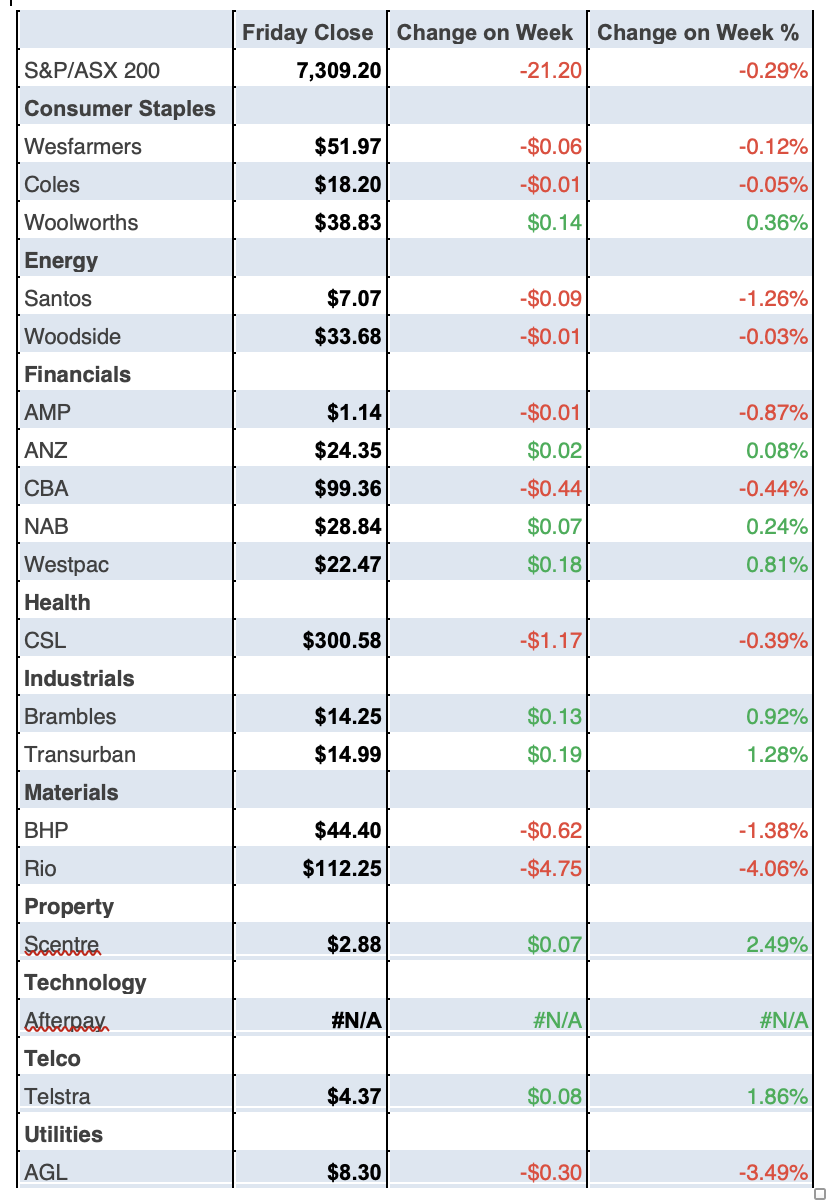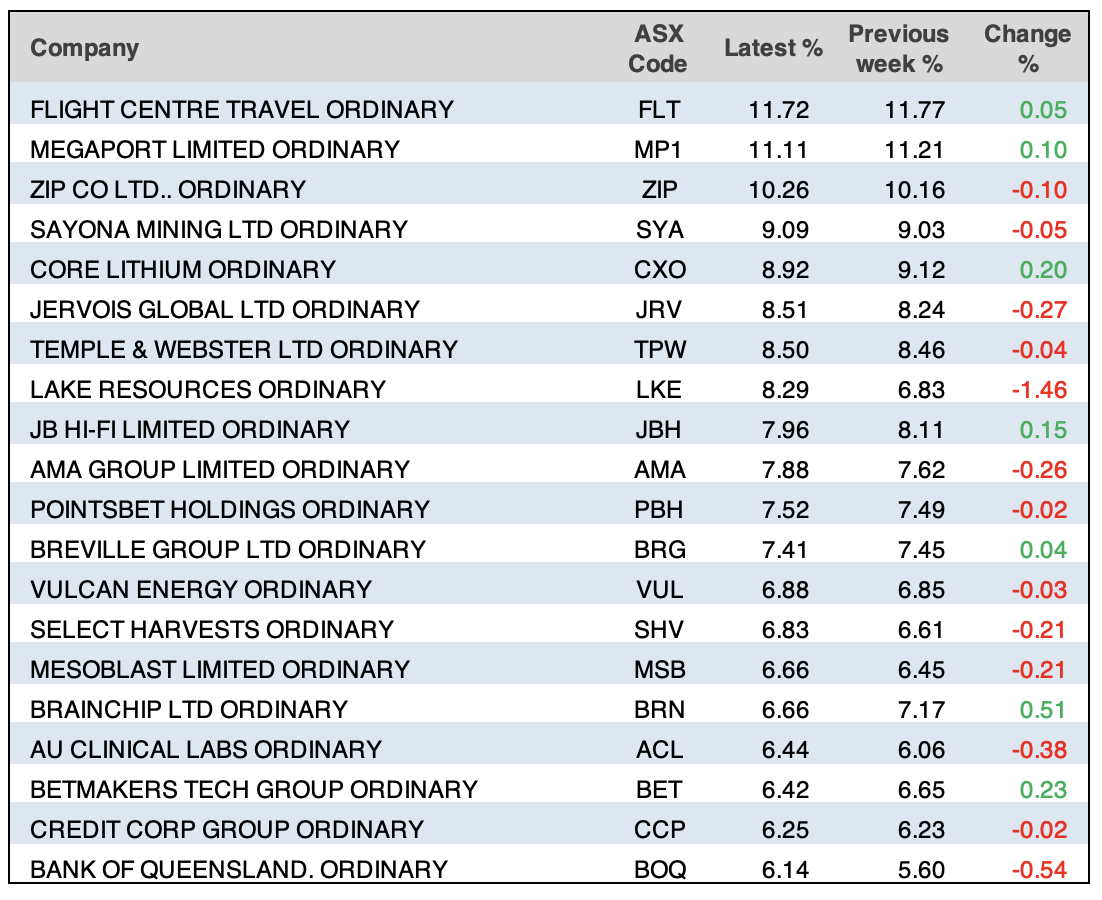
Let’s start with what Wall Street did this week and overnight, as this will have a big bearing on what happens on Monday on our market. The news is positive, with all the most-watched indexes up on Friday, and the VIX (or fear index) is on the slide to a low 16.31 reading.
I headlined this story “tech stocks beat bank fears” because the week started with concerns about banking problems. The US bank First Republic saw its share price plunge by almost 50% after revealing significant deposit outflows and reports surfaced of a possible plan to divest $50-$100 billion of assets, including long-dated securities and mortgages, to shore up its balance sheet. That spooked stock players. And the US dollar advanced against every G-10 currency save the yen, as banking worries added to recession fears, but then positivity prevailed by week’s end.
If this surprises you, well, you must be new to this stock investing game, or you simply haven’t been paying attention.
Helping the ‘good guys’ who like stock prices to rise has been US company earnings. Some 52% of S&P 500 companies have reported so far, and AMP’s Shane Oliver reports “…80% surprising on the upside, which is far better than in the December quarter and above the long-term norm. The average beat is running at 6%. Consensus earnings expectations growth for the quarter has risen from -6.2% year-on-year to -5.7% year-on-year. Non-US earnings growth is running around 6.4% year-on-year.”
The doomsday merchants forecasting company profits have been too negative, which shouldn’t surprise too many, but let’s shine the spotlight on why Wall Street was positive overnight.
The Dow’s gain makes it the best month since that powerfully positive January, but April is nearly always good for this index. Some of this has to do with end-of-tax-year selling and then buying of stocks. However, it’s the more recent tech takeover of market sentiment that has helped share prices fight gravity and that has been driven by the surprisingly good earnings reports from Big Tech companies. Microsoft’s share price rose over 8% and Meta was up 12.5% this week.
Another positive overnight was the Fed’s favourite inflation stat — the personal consumption expenditures price index. This came in at 0.3% in March, which was bang on economists’ expectations. Annualizing that monthly number gives you 3.6%, which is a nice low inflation result. But the real world over the next 11 months must follow the prevailing script of falling inflation to justify these hopeful expectations.
Clearly, I like how positivity continues to prevail over concerns about a banking crisis, sticky inflation, a deeper-than-expected recession and a Fed that might raise rates too high. But we have to be mindful that these curve balls above could still unsettle markets over the worst time for stocks, which is May to September. That said, I think 2023 has shown the propensity for the market to look forward to lower rates by 2024 and a rebound of the US and global economies, along with rising tech company share prices, which are countervailing forces explaining why stocks bounce-back out of shorter-term negative issues. Long may that prevail.
To the local story and the S&P/ASX 200 finished the four-day week down 21.2 points (or 0.29%) at 7309.2. Australian shares fell about 0.4% with falls in resources stocks and utilities offsetting gains in telcos, property and IT shares. Bond yields were mostly flat to down, and oil, metal and iron ore prices fell.
Iron ore miners had a tough week with the iron ore price under pressure, with stockpiles building in China and Singapore. Personally, I was glad to see a stock I’ve believed in, i.e., Megaport, putting in a nice rebound, rising 41.46% on Friday to $5.63.
Why? The company’s outlook is better than what the market guessed it was! The AFR reported that “Megaport expects normalised earnings before interest, taxes, depreciation, and amortisation (EBITDA) for the year ending June 30 to be in a range of $16 million – $18 million, about double market consensus of $9 million.”
Meanwhile, consumer staples dived, with Coles losing 1.4% on Friday to $18.20 after reporting that sales rose 6.5% to $6.97 billion in the March quarter. WOW dropped 0.8% to $38.83. The standout reason isn’t immediately clear! There was no big news on the big banks, despite concerns about US smaller banks. In fact, Westpac rose 0.8% to $22.47. However, BOQ copped it, down 7% over the past five trading days. That 98% fall in NPAT was no help. Its share price is down 26% in a year and 40% over the past five years!
Here are the big winners and losers for the week:
What I liked
- CPI for the March quarter was 1.4%. When you annualize that number by multiplying it by 4, you get an inflation pace of 5.6%. That’s better than the silly annual rate of 7%, which adds in three quarters from 2022 when the interest rate rises were hardly biting.
- I liked that the RBA’s preferred measure of underlying inflation, the trimmed mean, which increased by 1.2% for the quarter and the annual rate moved down a touchto 6.6% from 6.9% in the December 2022 quarter.
- This from AMP’s Diana Mousina: “We expect a slowing in services inflation in 2023, as goods prices fall further and as labour markets weaken. We think inflation will surprise to the downside in 2023.”
- Credit expanded 0.3% in March, down from the growth of 0.4% recorded in January and February. Over the year to March, credit grew by 6.8%, which was the slowest annual pace in 15 months.
- US GDP rose by 1.1% on an annualised basis in the first quarter, which should prompt the Fed to stop raising rates soon. The previous quarter reading was 2.6%.
- US consumer confidence dropped in April to the lowest since July, with the index falling to 101.3 index points from 104 points last month, which also might help slow down the Fed’s rate rises.
What I didn’t like
- The Richmond Fed Manufacturing Index in the US declined to -10 index points in April of 2023, deteriorating from the -5 points in March. This outcome was worse than the -8 index points the market was expecting and suggests that higher interest rates continue to pressure business activity for manufacturers. The Fed has to be careful about the economic downturn it’s creating.
- US weekly jobless claims unexpectedly dropped from 246,000 to 230,000 in the latest week ending April 22, which points to a resilient labour market. That’s not good for stopping the Fed’s rate rises.
I’m optimistic for 2023 but May is coming!
As I’ve often pointed out, there is a “sell in May and go away” tendency for Wall Street, so what could spark a sell-off? Apart from what I’ve mentioned (a banking crisis, sticky inflation, a deeper-than-expected recession and a Fed that might raise rates too high), what else could rock stocks?
Try these concerns: the US debt ceiling debate; China’s recovery looks less commodity intensive; Treasurer Chalmer’s Budget on May 9; and inflation doesn’t follow the current trend of falling.
Of course, many of these could look scarier than they need to be and could provide a buying opportunity but that will be something for another Switzer Report story. As I always advise: “Watch this space.”
The Week in Review
- Switzer Investing TV
- On the hunt for a big whale!
-
The bad news is — sackings are rising. The good news is — sackings are rising!
- https://switzer.com.au/the-experts/peter-switzer/the-end-of-the-line-for-rate-rises/
- Is Treasurer Chalmers under pressure to spend or to not spend?
- Will a rate rise next week kill Dr Phil Lowe’s and other Aussies jobs?
- MALCOLM MACKERRAS ON THE VOICE: The Voice referendum will be carried
Top stocks and how they fared

The week ahead

Revelation of the Week
“In the US, huge investments in battery production and charging infrastructure backed by government incentives and tough new emissions standards just announced by the Biden administration mean EV market share is projected to be at least 50 per cent by 2030, up from 5.8 per cent last year.” Jennifer Hewett AFR.
Shorted Stocks (17th – 21st May)

ASIC releases data daily on the major short positions in the market. These are the stocks with the highest proportion of their ordinary shares that have been sold short, which could suggest investors are expecting the price to come down. The table shows how this has changed compared to the week before.
Chart of the Week again
This is why I think the RBA has done enough with this chart showing how fast rates have risen compared to past tightening

Important: This content has been prepared without taking account of the objectives, financial situation or needs of any particular individual. It does not constitute formal advice. Consider the appropriateness of the information in regard to your circumstances.

